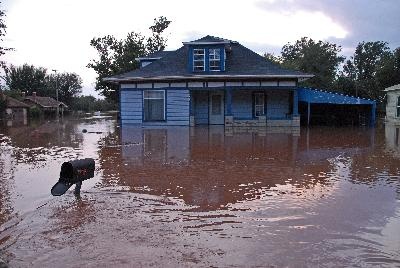
One of the functions of a community manager is to provide the association with economic information needed to make appropriate decisions on behalf of the members and to help control the association's financial operation. Generally accepted accounting principles (GAAP) require the following set of financial reports for a community association on a monthly basis:
Balance Sheet
The balance sheet is the report that gives the association's financial condition. A comparison of the assets of the association minus the liabilities gives the association the net worth. A quick formula to ascertain the available funds for an Association.
- Operating Cash
- Less Deferred Income (Prepaid Assessments)
- Less Accounts Payable (Unpaid Expenses)
- Equals Available Fund (Spendable Cash)
Statement of Income and Expense (Revenue and Expense)
The statement of income and expense is probably the most important management tool an association and community manager have available to them. The monthly review of the statement of income and expense will inform the association and community manager if they are on plan compared to the budget (projected income to date and projected expenses to date). It also allows the board of directors to make educated decisions concerning expenditures for services.
General Ledger
The general ledger contains the accounting record for each transaction in numerical order (chart of accounts) and occurrence (date order). This accounting tool allows the association and community manager detailed information tracking the financial transactions for the association.
Cash Disbursements Ledger
The cash disbursements ledger (check register) informs the association of checks written. The register should contain the following:
- Who the check was written to
- Check number and date written
- Invoice number
- Chart of account number (Budget code number) and description of expense.
Accounts Payable Report
The accounts payable report (unpaid expenses) informs the association of expenditure obligations incurred in the current month.
Account Delinquency Report
The account delinquency report (accounts receivable) informs the association with a list of members not current on their assessment obligations, late fees, deed restriction fees, and legal fees, etc.

Bank Reconciliation
The bank reconciliation is the report verifying the cash position is correctly stated on the balance sheet for that bank account.
The community manager and the association should have internal controls for handling association funds to protect the community's assets. One of the community manager's primary goals should be to protect the association's assets with financial procedures of checks and balances to minimize risk of errors and losses. The optimal level of internal control is when no one person has responsibility or access to more than one function of the financial operation. An example would be to ensure that neither the accounts payable department (the person who writes the checks) nor the accounts receivable department (the person who enters the money received) reconcile the bank statement.
Association funds should be directly deposited into the association's bank account on a daily basis and recorded by the receivable department. The community manager must review all invoices for accuracy and approve invoiced work prior to payment. Invoices are then entered into the accounting system and checks are issued by the accounts payable department. The treasurer of the association or community management officer reviews invoices or an open item payable report prior to authorized signature. The community manager's finance department receives the bank statements and reviews the deposits and checks issued to reconcile the cash position on a monthly basis. The primary function of the finance department is to achieve an accurate and consistent recordation of information on financial transactions of the organization. The financial statements and all supporting documentation are given to the association's directors for their review on a monthly basis.
Other key factors in a check and balance system are as follows:
- The Association should make all decisions concerning homeowner accounts.
- The community manager should recommend an annual audit or review to be performed by an independent Certified Public Accountant (CPA).
- The Association authorizes all replacement and reserve transactions.
Below are some warning signs about the financial health of a community association to watch for when reviewing association financial reports:
- A steady decline in the amount of cash on hand
- The inability or failure to set aside planned addition to reserves
- An increase in the amount of owner's assessments owed to the community
- An increase in the amount the community association owes for bills
- The failure to resolve any differences between bank statements and the financial reports in a timely manner
- Significant and/or unexplained differences between actual and budgeted figures for items
 Print
Print Email
Email







